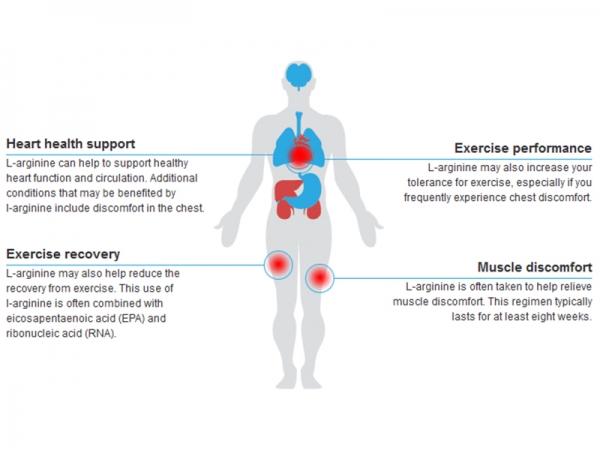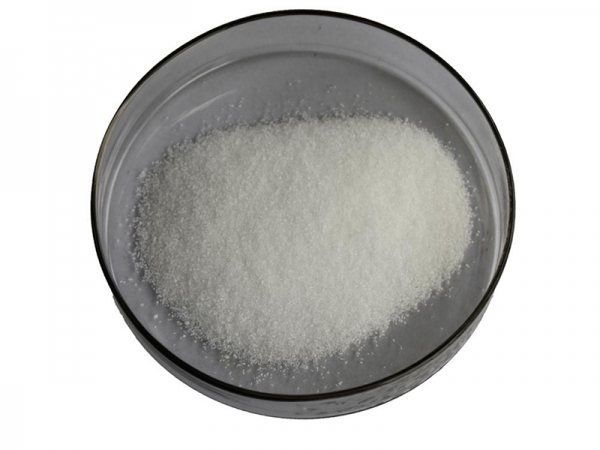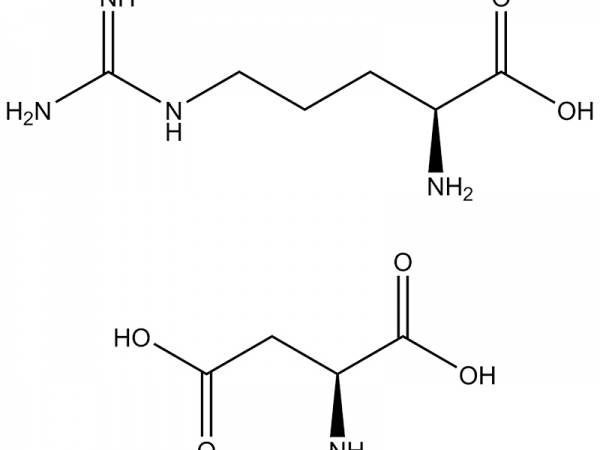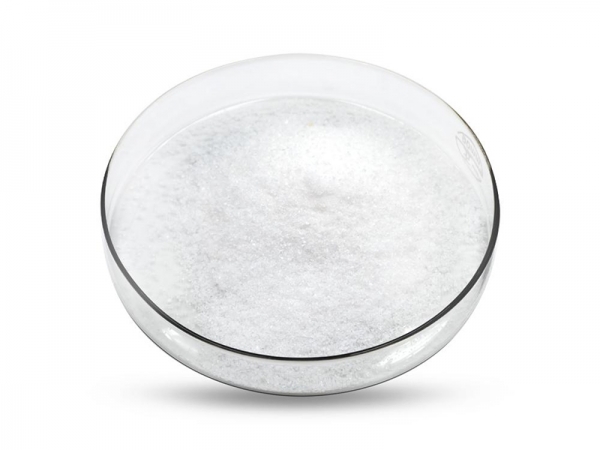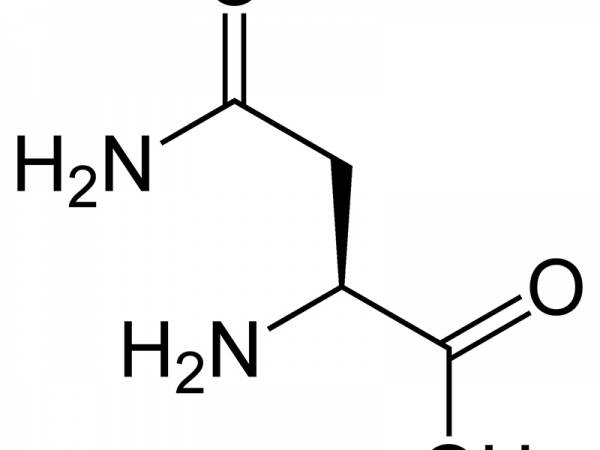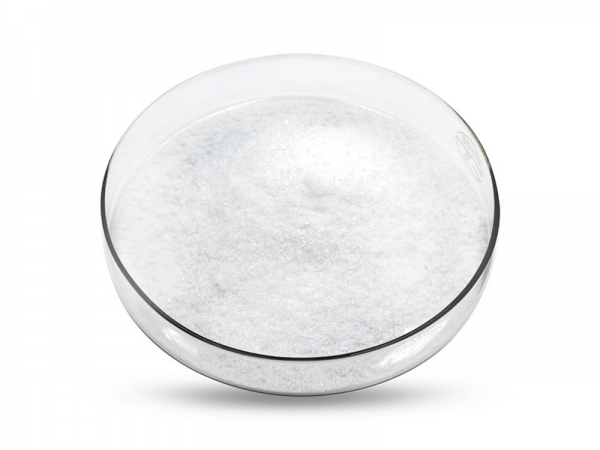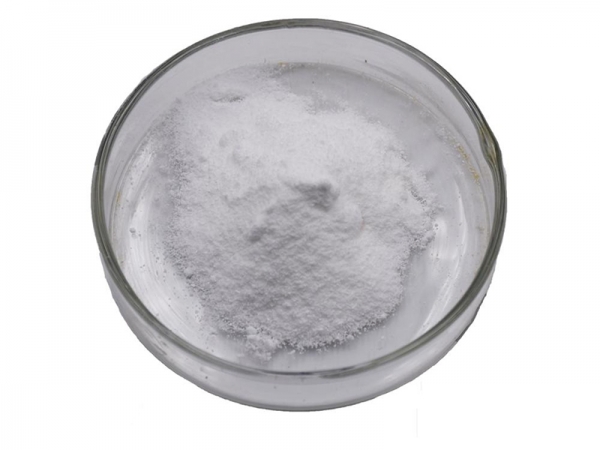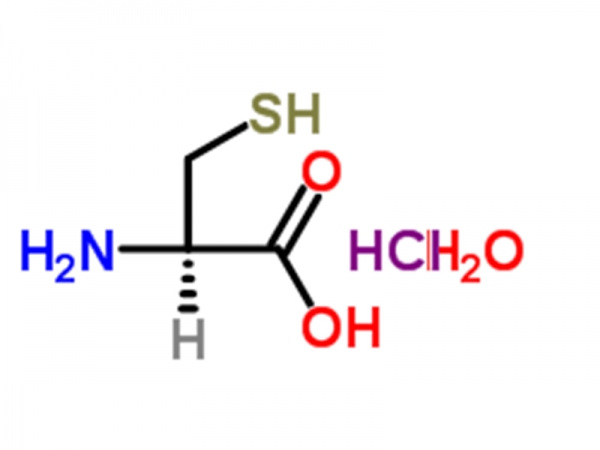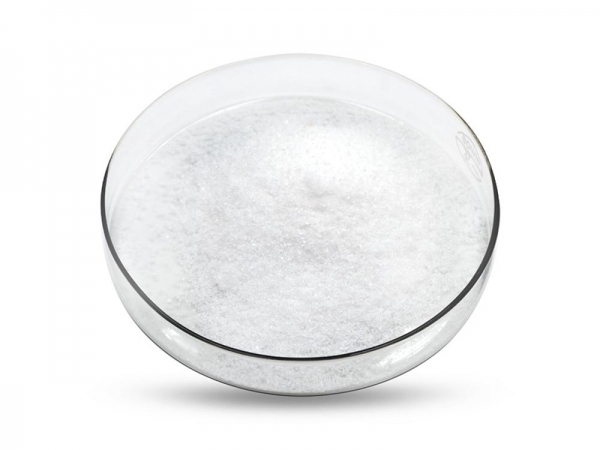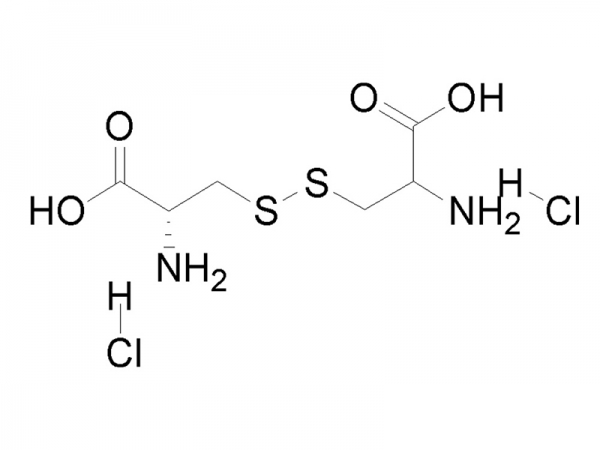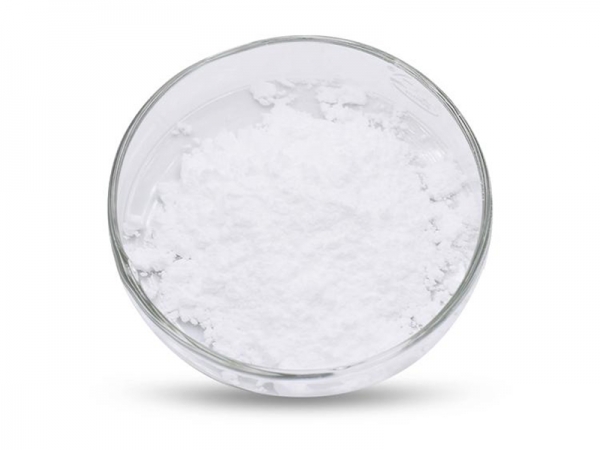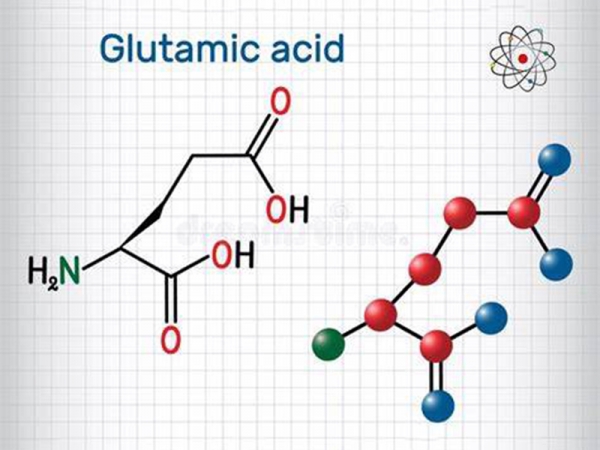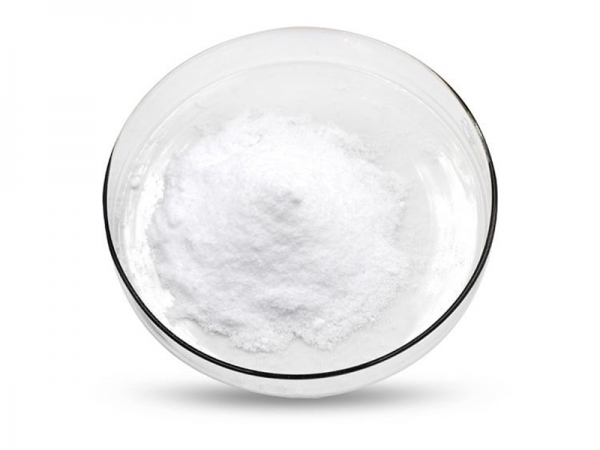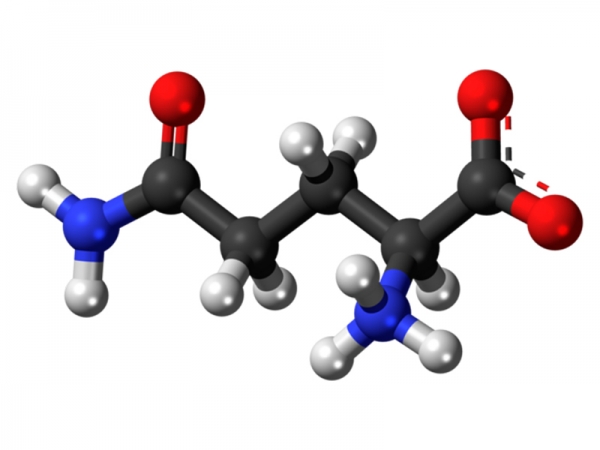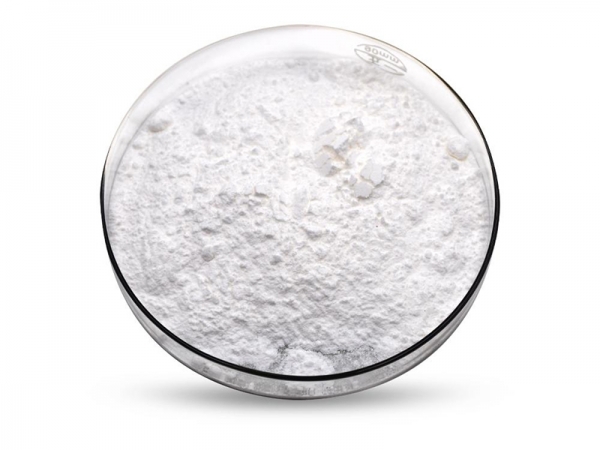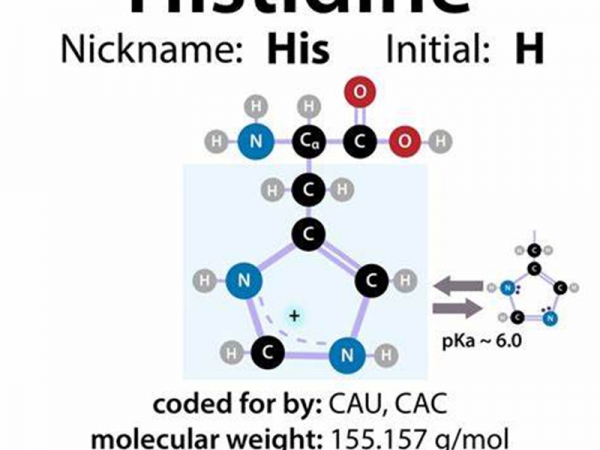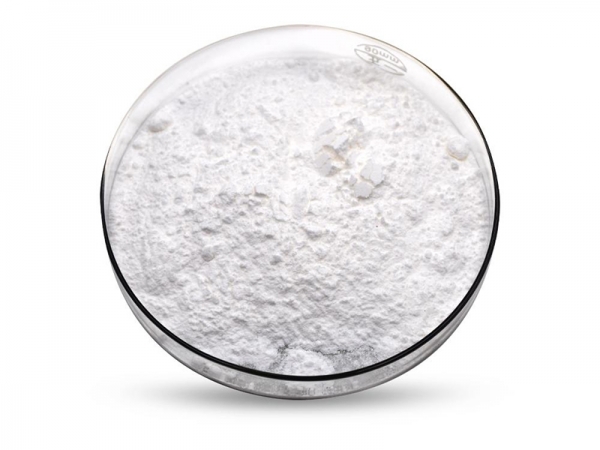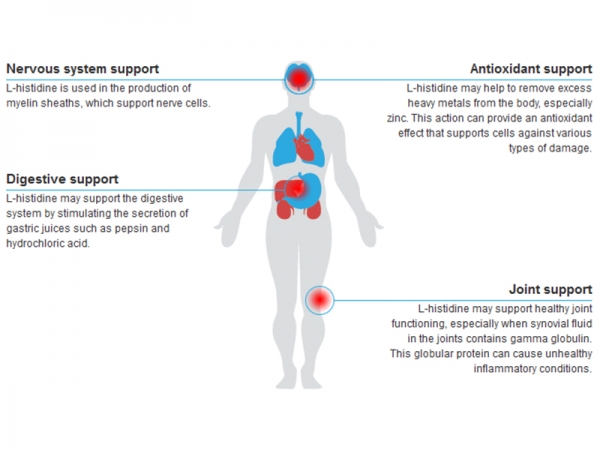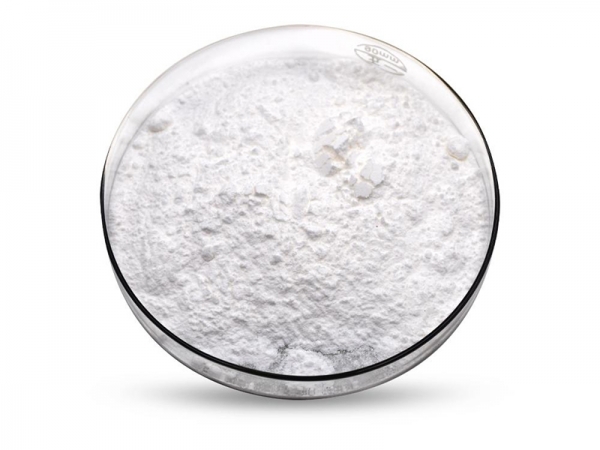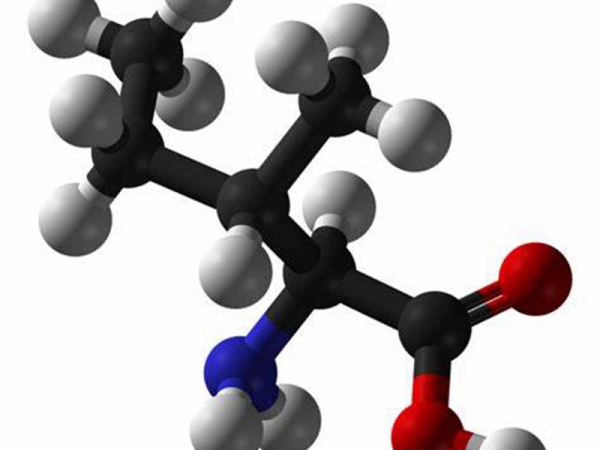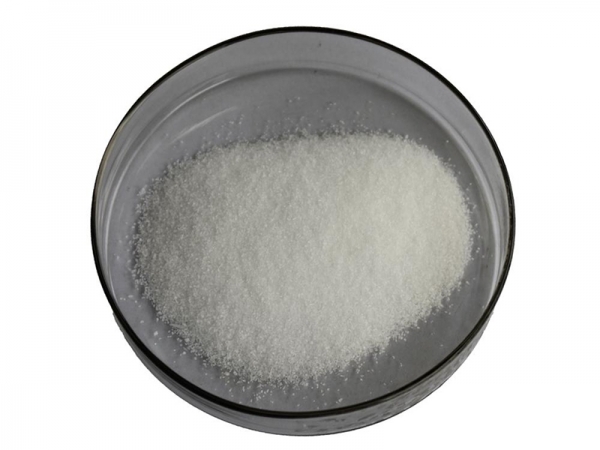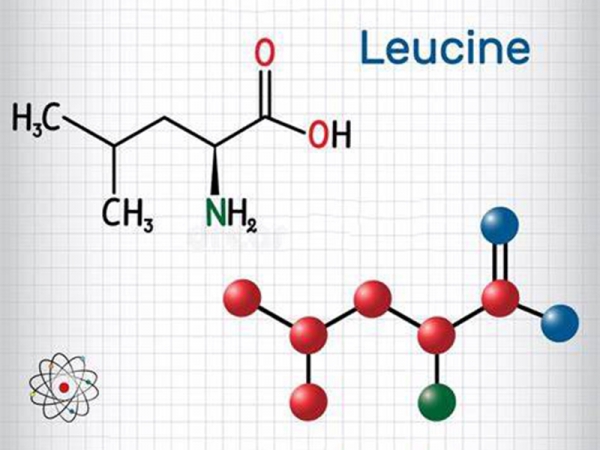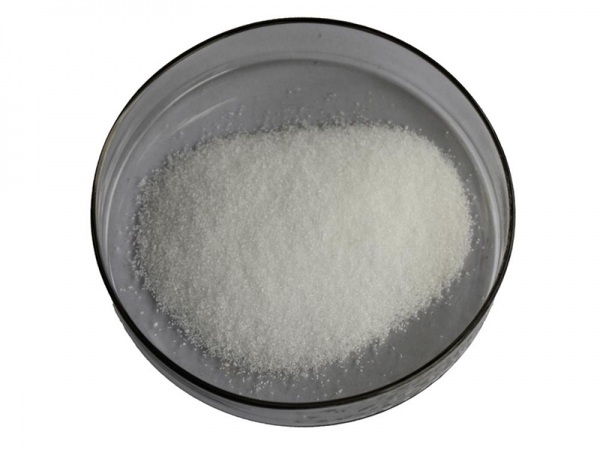-

 Arginine Hydrochloride is the hydrochloride salt form of arginine, an essential amino acid in juvenile humans. Arginine is a complex amino acid, often found at active sites in proteins and enzymes due to its amine-containing side chain. Arginine may prevent or treat heart and circulatory diseases, combat fatigue, and stimulate the immune system.
Arginine Hydrochloride is the hydrochloride salt form of arginine, an essential amino acid in juvenile humans. Arginine is a complex amino acid, often found at active sites in proteins and enzymes due to its amine-containing side chain. Arginine may prevent or treat heart and circulatory diseases, combat fatigue, and stimulate the immune system. -

 L-Arginine-L-aspartate is widely used by athletes for its potentially ergogenic properties. However, only little information on its real efficacy is available from controlled studies.
L-Arginine-L-aspartate is widely used by athletes for its potentially ergogenic properties. However, only little information on its real efficacy is available from controlled studies. -

 L -Asparagine is an uncharged derivative of aspartate. It possesses a polar side chain and is a non-essential amino acid.
L -Asparagine is an uncharged derivative of aspartate. It possesses a polar side chain and is a non-essential amino acid. -

 L-Citrulline DL-malate 1:1 combines L-citrulline, a non-essential amino acid active in the urea cycle with DL-malic acid, a racemic mixture of dicarboxylic acids which help to support energy production. L-citrulline is a central part of the urea cycle, which allows the body to dispose of excess nitrogen.
L-Citrulline DL-malate 1:1 combines L-citrulline, a non-essential amino acid active in the urea cycle with DL-malic acid, a racemic mixture of dicarboxylic acids which help to support energy production. L-citrulline is a central part of the urea cycle, which allows the body to dispose of excess nitrogen. -

 L-Cysteine HCL monohydrate (commonly known as cysteine) is an amino acid the body uses to make proteins. Although it is produced naturally, most cysteine comes from dietary sources. Cysteine is one of the main building blocks of glutathione, a powerful antioxidant the body produces to fight off free radicals and prevent cellular damage.
L-Cysteine HCL monohydrate (commonly known as cysteine) is an amino acid the body uses to make proteins. Although it is produced naturally, most cysteine comes from dietary sources. Cysteine is one of the main building blocks of glutathione, a powerful antioxidant the body produces to fight off free radicals and prevent cellular damage. -

 L-Cysteine is classified as a “semi-essential” amino acid because it can be made in small amounts by the human body, but many people can still benefit from consuming more cysteine from their diets or supplements because of its numerous health benefits. The human body can usually manufacturer L-cysteine from the amino acids serine and methionine, but you need enough folate, vitamin B6 and vitamin B12 for that to be possible.
L-Cysteine is classified as a “semi-essential” amino acid because it can be made in small amounts by the human body, but many people can still benefit from consuming more cysteine from their diets or supplements because of its numerous health benefits. The human body can usually manufacturer L-cysteine from the amino acids serine and methionine, but you need enough folate, vitamin B6 and vitamin B12 for that to be possible. -

 L-Glutamic acid, also known as glutamic acid, is one of the many components of proteins. Like its fellow amino acid glutamate, it is produced naturally by the body; however, it is a different type of amino acid. While many people take glutamine supplements, L-glutamic acid is produced naturally by the body in amounts adequate for most people. It also has some surprising effects on both the brain and the environment.
L-Glutamic acid, also known as glutamic acid, is one of the many components of proteins. Like its fellow amino acid glutamate, it is produced naturally by the body; however, it is a different type of amino acid. While many people take glutamine supplements, L-glutamic acid is produced naturally by the body in amounts adequate for most people. It also has some surprising effects on both the brain and the environment. -

 Glutamine is one of 20 naturally occurring amino acids in dietary protein. In fact, L-glutamine is the most abundant amino acid in the bloodstream and makes up 30–35 percent of the amino acid nitrogen in your blood. It’s actually known as a conditionally essential amino acid because your body uses it in large amounts.
Glutamine is one of 20 naturally occurring amino acids in dietary protein. In fact, L-glutamine is the most abundant amino acid in the bloodstream and makes up 30–35 percent of the amino acid nitrogen in your blood. It’s actually known as a conditionally essential amino acid because your body uses it in large amounts. -

 The best plant-based sources of histidine include grains such as rice, rye and wheat. Additional vegetable with significant histidine levels include beans, buckwheat, cauliflower and potatoes. L-histidine is often sold in pure form, commonly known as L-histidine base, for use as a health supplement.
The best plant-based sources of histidine include grains such as rice, rye and wheat. Additional vegetable with significant histidine levels include beans, buckwheat, cauliflower and potatoes. L-histidine is often sold in pure form, commonly known as L-histidine base, for use as a health supplement. -

 L-Histidine monohydrochloride monohydrate has been used in bee cell culture medium. L-Histidine monohydrochloride, non-animal, is used in cell culture media formulations used in biomanufacturing. The use of non-animal-sourced L-Histidine and other components avoids the risk of contaminating bioproducts with adventitious viruses.
L-Histidine monohydrochloride monohydrate has been used in bee cell culture medium. L-Histidine monohydrochloride, non-animal, is used in cell culture media formulations used in biomanufacturing. The use of non-animal-sourced L-Histidine and other components avoids the risk of contaminating bioproducts with adventitious viruses. -

 L-Isoleucine is both a branched-chain amino acid (BCAA) and an essential amino acid, meaning the body requires it to function properly.Because the body cannot make isoleucine on its own, it must be obtained via diet or supplementation. L-isoleucine is one of the five most abundant amino acids.
L-Isoleucine is both a branched-chain amino acid (BCAA) and an essential amino acid, meaning the body requires it to function properly.Because the body cannot make isoleucine on its own, it must be obtained via diet or supplementation. L-isoleucine is one of the five most abundant amino acids. -

 Leucine is an essential amino acid that is used in the biosynthesis of proteins. Leucine is an α-amino acid, meaning it contains an α-amino group, an α-carboxylic acid group, and a side chain isobutyl group, making it a non-polar aliphatic amino acid. It is essential in humans, meaning the body cannot synthesize it: it must be obtained from the diet. Human dietary sources are foods that contain protein, such as meats, dairy products, soy products, and beans and other legumes. It is encoded by the codons UUA, UUG, CUU, CUC, CUA, and CUG.
Leucine is an essential amino acid that is used in the biosynthesis of proteins. Leucine is an α-amino acid, meaning it contains an α-amino group, an α-carboxylic acid group, and a side chain isobutyl group, making it a non-polar aliphatic amino acid. It is essential in humans, meaning the body cannot synthesize it: it must be obtained from the diet. Human dietary sources are foods that contain protein, such as meats, dairy products, soy products, and beans and other legumes. It is encoded by the codons UUA, UUG, CUU, CUC, CUA, and CUG.
Select your country


